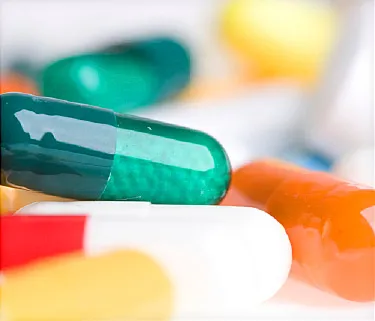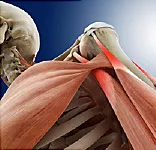Many people suffer in silence from diseases that they underrate and even treat as usual. In those cases, the victims also fail to seek medical treatment for a long time until when the condition gets worse and even out of control. An example of such a situation is the Gastroesophageal reflux disease. Its symptoms are the common ones that you may take for a temporary feeling. However, it can get worse if you do not seek treatment on time. If you have these symptoms twice or more time a week, then you may be suffering from this condition. Here is how to get the best treatment from a GERD surgeon New York specialist.
The disease is as a result of the disturbance of the lower esophageal sphincter. It is caused by an unstable and weak lower esophageal sphincter. Usually, this part is a one-way valve that allows food and swallowed liquid to pass through to your stomach but prevents the contents from flowing back up into the esophagus.
The symptoms of this disease are usually open and accessible to identify. However, the symptoms may vary from person to person. Some of the most common signs of this disorder include recurrent heartburn that may radiate from your ribs or just below your neck and through the chest. Other symptoms include difficulty swallowing as well as a chronic cough. Once you notice these symptoms, find the best specialist, and they will see the best procedure for your situation.
Medication and a change of lifestyle can manage it. Depending on the state or the intensity of the problem, the disease can be handled entirely stopped before it worsens. In its initial stage, the disease can be controlled through diet modification. Similarly, it can be controlled using the typical weight loss methods.
It can also be managed through a minimally invasive procedure. In a case where the medication approaches do not work well, your surgery may be the best option. The specialists can use the minimally invasive surgery known as laparoscopic Nissen fundoplication. This process has proved very useful in the treatment of the disorder.
They use the most suitable procedure for you. Depending on the intensity of your problem, they will always find the best process to use to treat you. During the minimally invasive practice, the specialist will install support for the weakened part at the lower esophageal sphincter. The doctor will achieve this by wrapping the upper part of the stomach near the esophagus.
The procedure has more advantages over the open operation procedure. Some of them include shorter hospital stay, faster recovery, quicker return to normal activities, less blood loss, and less pain and scarring. You are also exposed to a lesser risk of wound infection. You will be ready to resume your regular duties within forty-eight hours after the procedure is completed.
Remember that laparoscopic surgery is not suitable for everyone. Though it has many benefits, the procedure is not the best option for some people. Since the results may vary between individuals, the specialist will discuss with you the most appropriate treatment and surgical options. You will also be told the possible risks that come with each procedure.
The disease is as a result of the disturbance of the lower esophageal sphincter. It is caused by an unstable and weak lower esophageal sphincter. Usually, this part is a one-way valve that allows food and swallowed liquid to pass through to your stomach but prevents the contents from flowing back up into the esophagus.
The symptoms of this disease are usually open and accessible to identify. However, the symptoms may vary from person to person. Some of the most common signs of this disorder include recurrent heartburn that may radiate from your ribs or just below your neck and through the chest. Other symptoms include difficulty swallowing as well as a chronic cough. Once you notice these symptoms, find the best specialist, and they will see the best procedure for your situation.
Medication and a change of lifestyle can manage it. Depending on the state or the intensity of the problem, the disease can be handled entirely stopped before it worsens. In its initial stage, the disease can be controlled through diet modification. Similarly, it can be controlled using the typical weight loss methods.
It can also be managed through a minimally invasive procedure. In a case where the medication approaches do not work well, your surgery may be the best option. The specialists can use the minimally invasive surgery known as laparoscopic Nissen fundoplication. This process has proved very useful in the treatment of the disorder.
They use the most suitable procedure for you. Depending on the intensity of your problem, they will always find the best process to use to treat you. During the minimally invasive practice, the specialist will install support for the weakened part at the lower esophageal sphincter. The doctor will achieve this by wrapping the upper part of the stomach near the esophagus.
The procedure has more advantages over the open operation procedure. Some of them include shorter hospital stay, faster recovery, quicker return to normal activities, less blood loss, and less pain and scarring. You are also exposed to a lesser risk of wound infection. You will be ready to resume your regular duties within forty-eight hours after the procedure is completed.
Remember that laparoscopic surgery is not suitable for everyone. Though it has many benefits, the procedure is not the best option for some people. Since the results may vary between individuals, the specialist will discuss with you the most appropriate treatment and surgical options. You will also be told the possible risks that come with each procedure.
About the Author:
Get a summary of the factors to consider when picking a GERD surgeon New York area and more information about an experienced surgeon at http://www.lapspecialists.com/General_Surgery.html now.

